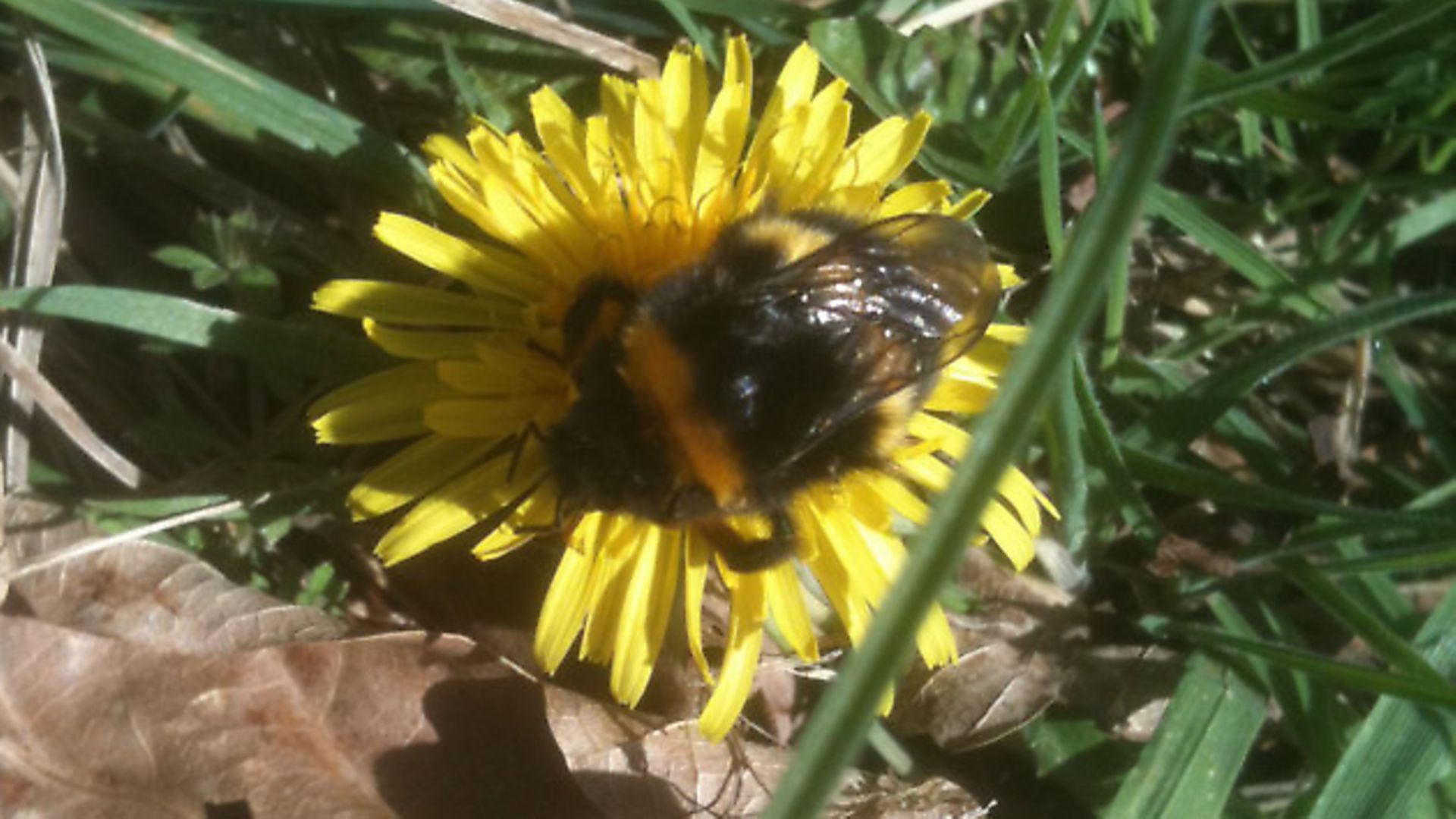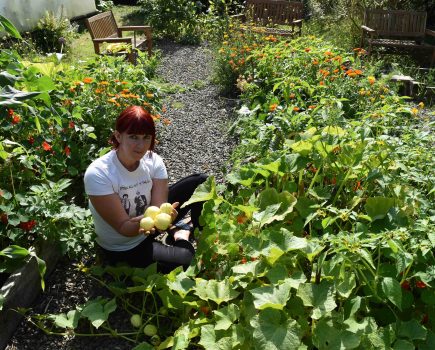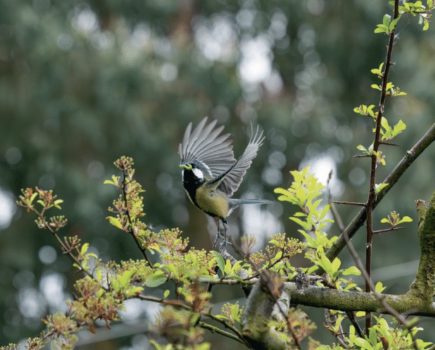Think twice before trying to get rid of all the weeds on your smallholding. Penny Bunting explains why…

Tackling weeds on the smallholding can sometimes seem like a never-ending battle. The spring sunshine and showers that are so beneficial to our flowers, fruit and vegetables are, unfortunately, just what weeds need to thrive, too. Weeds rob crops of light, water and nutrients – and some vegetables, such as onions and asparagus, will really struggle if not kept weed-free.
Using weedkiller is a non-starter for organic gardeners. Annual weeds, such as fat hen or chickweed, are easily dealt with using a hoe, but hoeing the tops off larger, more persistent weeds just makes them grow back with increased vigour. Nettles, bramble and bindweed all have strong root systems that need to be dug out with a spade.
But before you head off to the tool shed, remember that not all weeds are bad news. A ground cover of weeds can help prevent soil erosion, conserve nutrients, and keep moisture in the soil.
And leaving areas of weeds on the smallholding could help to slow down the decline of many animal species. Weeds provide a source of food and shelter for all sorts of wildlife, including birds and beneficial insects.
Dandelions start flowering in early spring, and continue right through to autumn, so are a readily available year-round food source for bees. Butterflies and hoverflies like them too, and goldfinches feed on the seeds. The seed heads of thistles and teasels, left in situ over autumn and winter, will also attract birds.
Lawn weeds such as daisies, buttercups and clover attract bees, butterflies and hoverflies, so leaving a small area of your lawn uncut is a good way to help wildlife and attract vital pollinators to your plot.
Nettles, meanwhile, are veritable wonder weeds: a single nettle patch can support over 40 species of insects. They are particularly good for butterflies, especially small tortoiseshells and peacocks.
It’s not just wildlife that can benefit from weeds, though. Many weeds are edible for humans, too. And some are surprisingly nutritious. Dandelions, for example, are high in anti-oxidants and act as a diuretic, flushing toxins from the system. Nettles contain iron, magnesium and calcium.
But what about the nettle’s sting? Fortunately, the acid that causes the sting is destroyed during the cooking process, so cooked nettles can be used as a painless substitute for spinach. Just don’t eat them raw in a salad – ouch! – and be sure to wear some thick gardening gloves when harvesting your crop.
www.littlegreenspace.org.uk @LGSpace
Image(s) provided by:
Archant







